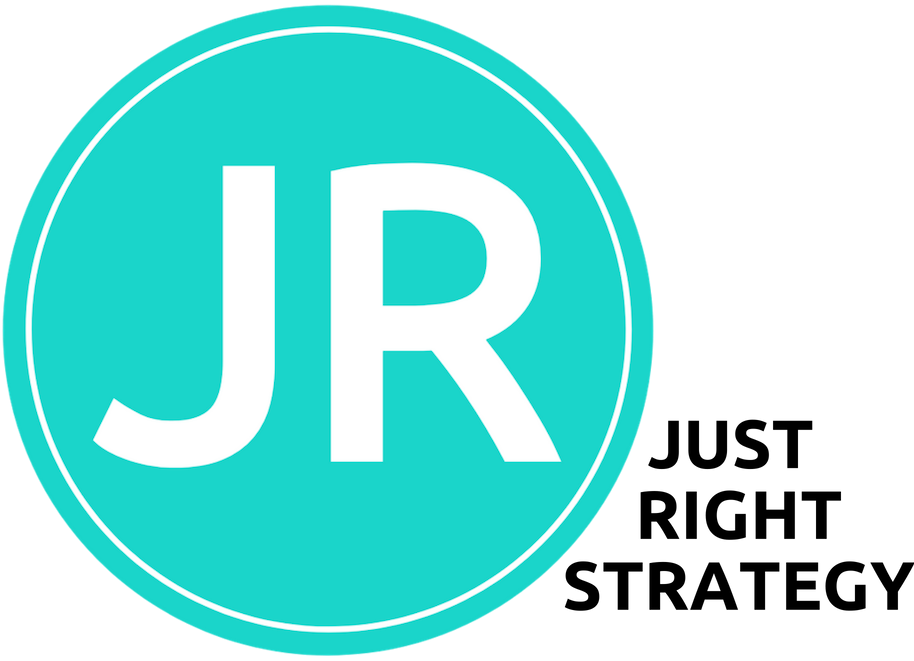Making Twitter legitimate in the newsroom
I haven't had the chance to blog a lot lately. That's because I've been busy trying to renew and rethink the way KOMU8 News and KOMU.com delivers news to our audience. A big part of that has hovered around using Twitter as an effective news delivery tool for general assignment reports. It all started back in March when I was at South by Southwest Interactive Festival. I had an opportunity to see a demo for CoTweet. It helps multiple people manage the one Twitter brand at the same time. To me, this sounded like heaven. The program not only helps multiple people tweet at the same time in an organized manner, it also sends you email alerts if your Twitter account gets any kind of mention. (In my newsroom's case, that means I get an email anytime someone uses @KOMUnews in a tweet) I was very lucky to get access to the company's private beta. That private beta moved into a public beta last week and that's pushed me to make sure I wrote up my newsroom's CoTweet process so others can follow the fun and possibly try it out themselves.
To remain extra transparent in how our newsroom uses Twitter, I collected the photos and initials of each CoTweet user and added their photos onto the side of our Twitter page.

Currently, the people who manage CoTweet with me are a mix of full time managers (our Executive Producer and Managing Editor) and part time web editors or newscast producers. I'm working on trying to blend in more of our traditional managers to look at ways to incorporate Twitter workflow into the daily news gathering and sharing process. CoTweet makes it easy to place each person's initials public next to the Tweets they post on the @KOMUnews account. That helps Twitter followers know who is posting the information and it helps our brand become less vague. I got the Twitter image idea from the CoTweet folks. Their Twitter background looks very similar. (I just have many more people who are helping manage KOMU's account)
We have many reporters in our newsroom, and I've decided to keep their online tweets separate from the @KOMUnews Twitter brand. I've asked each of the reporters to create their own professional Twitter accounts. (Professional means they use their real names and post legitimate information about their life and work in their Twitter profiles) As the reporters gather information from the field, I ask them to send tweets about their story with @KOMUnews or #komu included in the 140 character reports. CoTweet picks those up and my crew and I can decide if the information is good enough to share (or in Twitter lingo, we "retweet" reporter posts) on KOMU's Twitter feed. We've recently published an internal handbook on how reporters should post tweets and how managers and keep up with CoTweet to share the best information on the KOMU brand.
Anyone who is "On Duty" will get email alerts to the @KOMUnews tweets. Anyone who is a member of KOMU's CoTweet will be able to follow KOMU's followers without knowing KOMU's Twitter password, so that keeps only a small number of people privy to changing the look and settings of KOMU's account, while many others can keep an eye on its content updates. CoTweet also makes it easy to email Twitter questions or thoughts to other members of our newsroom. If a viewer asks @KOMUnews a question, I can quickly email the question to a reporter or anchor to get their input. If that reporter or anchor is on Twitter, I ask them to reply on Twitter or using Twitter's direct message function. It helps so many more people participate and actively keep KOMU's Twitter account an active element in our newsroom.

The process isn't perfect, but it's helped us cover breaking news effectively. It has also helped our reporters share information about their reports throughout the day instead of just focusing their efforts towards our traditional 5, 6 and 10pm newscasts. After testing this process for the last month and a half, KOMU.com has launched a new look and it includes easy access to our Twitter feed. It doesn't look pretty, but it is effective to give our most recent updates. It's faster than posting information into our content manager. It's faster than getting an anchor in front of the news desk to report on the air. It's also helping open our minds to a new 24/7 process of news gathering and sharing. As I told a news director friend of mine last week: I'm not helping build reporters who report for newscasts, I'm helping build reporters who can report the news - whenever and however they need to report it.
One other thought about CoTweet: The company responds to your thoughts and questions. Any time I needed something or shared ideas on CoTweet's site, I've gotten rapid replies and assistance. I think that's pretty fantastic.
Please let me know your thoughts and if you need anything better explained about our newsroom CoTweet workflow. I'm happy to tweak this post to help make sure other newsrooms understand what I've been up to!
